We are often hit with frosts -- especially early, sporadic frosts -- when the days are still warm and plants would otherwise be fully capable of growing and producing.
Often, those first fall frosts come when we are still enjoying pretty flowers and ornamentals, or still enjoying the fruits of our earlier plantings.
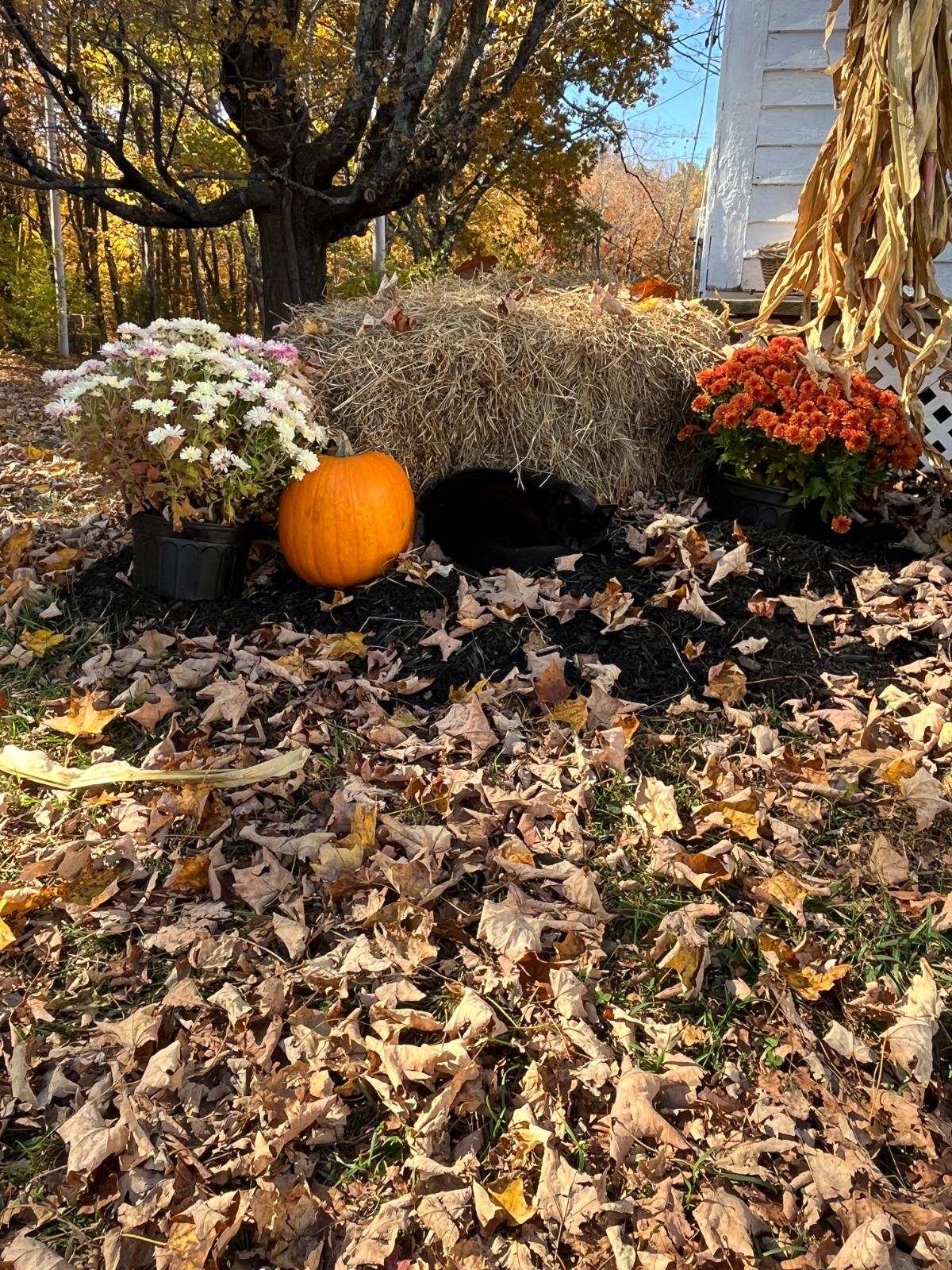
It’s a shame to let good plants go to waste just because a random night or two dips down low. It’s not unusual for a killing frost to hit but then be followed up by unseasonably warm, continuous weather.
If you protect those plants through the first few frosts, there is a lot of life and time left for your pretty plants and vegetables to live.
You just need to know the best ways to get them through those first fleeting frosts to enjoy the warm daytime sunshine and live another day (or many days).
To that end, we’ve brought you four of the best ways to protect plants from frost.
Jump to:
1. Cover
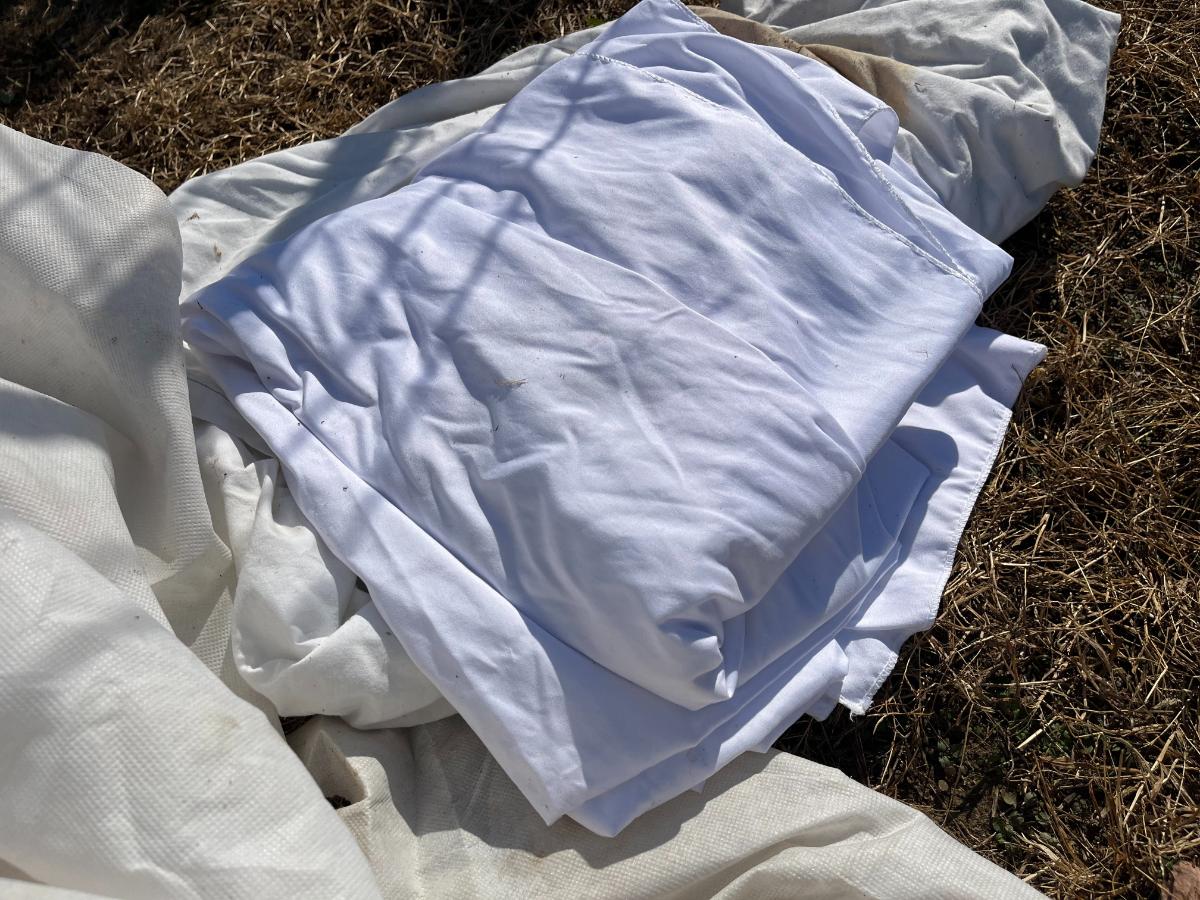
Covering is the old stand-by. This works even for tender plants and tender annuals if the frost stays in the “light frost” range (two degrees on either side of freezing -- about 28 to 32 degrees Fahrenheit or 2 to -2 degrees Celsius).
When a frost is predicted, or when the temperature looks low enough that a frost is threatened, cover your plants and weight or pin the covering well. It will help hold in heat from the plant and the soil, keep warm air from rising up and away from the plants into the sky, and stop colder air from dropping and settling all the way down to the plants’ surface level.
Covers will also stop freezing water vapor from landing on your plants.
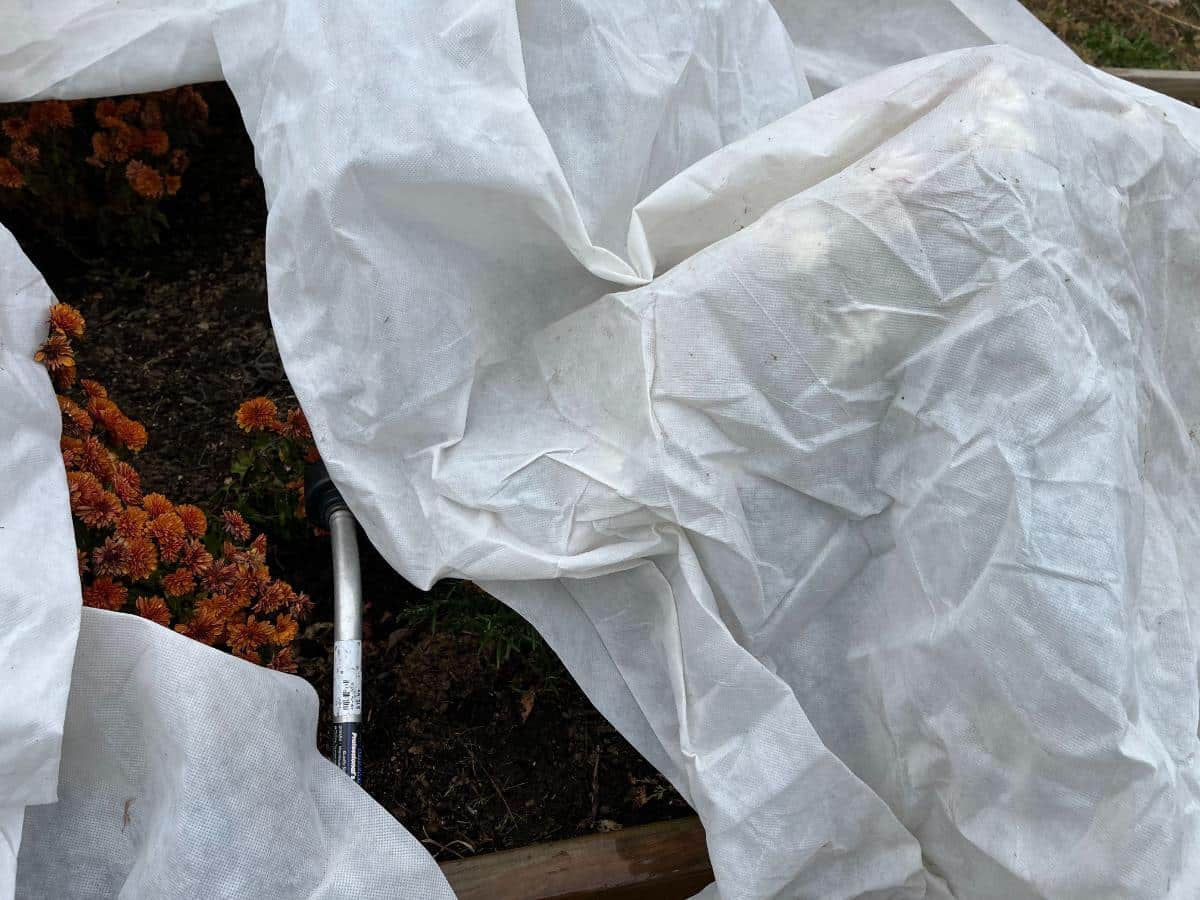
The best covers are cloth covers. Frost fabric and floating row covers are the first choice, but household items like burlap, old tablecloths, and old sheets work well, too. Plastic can be used, but it should not touch the plants because plastic will transfer cold to plant surfaces.
2. Move Plants Inside
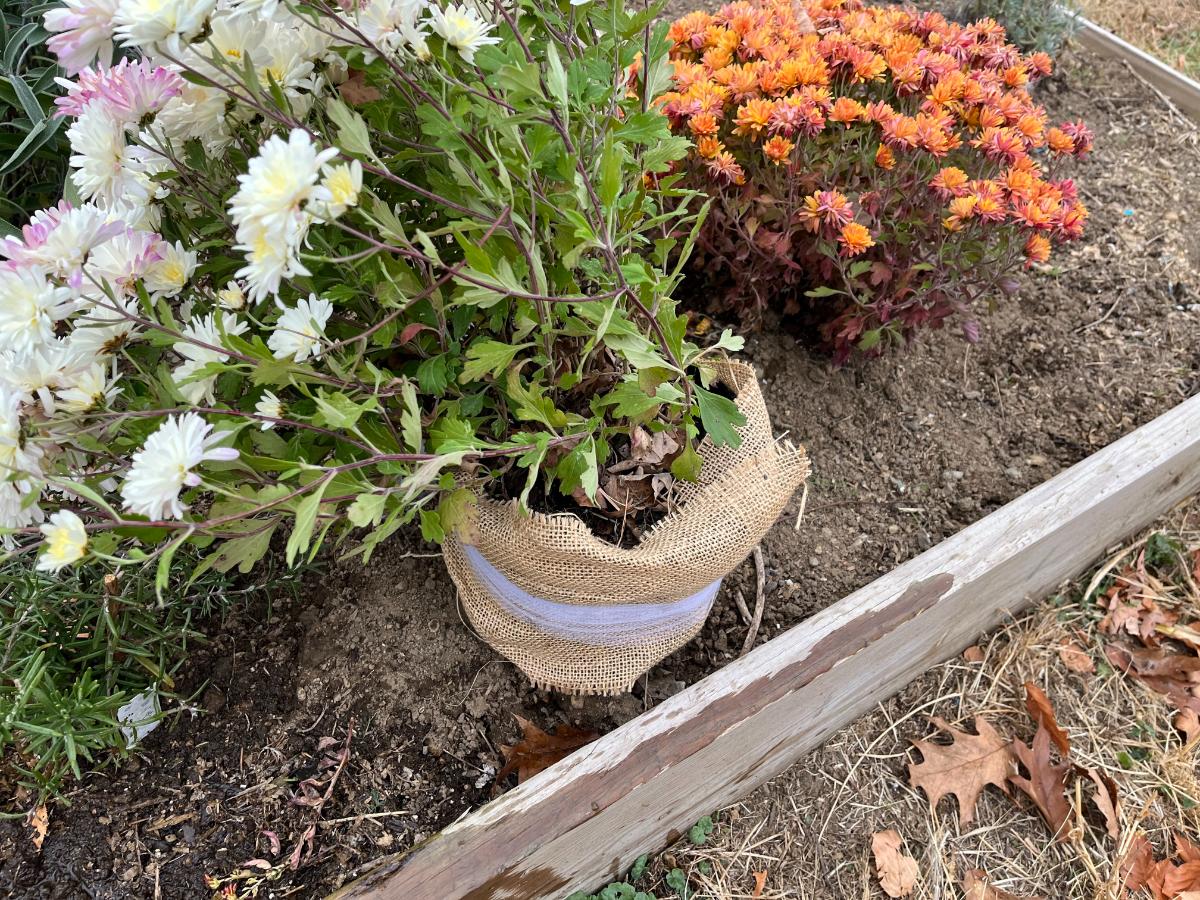
If your plants are in containers, the best way to protect them is to move them inside for the night. Once the temperature is above freezing in the morning, they can go back outside.
If the frost is expected to be only a light frost hovering not much lower than freezing, an unheated indoor space like a garage will do fine.
If temperatures are expected to be lower than that, try to find a place that has at least some heat. It doesn’t have to be all the way indoors or very warm, but enough to keep the freezing chill out of the air will protect more tender plants.
The portability and ability to move plants in and out in the early and late seasons are one strong vote for container plants, potted flowers, and container gardening.
If you have tender herbs or plants in the ground that you want to protect for more than a night or two, consider repotting them into pots or containers so they can be moved in and out during frost season. This will help extend your growing season for longer.
3. Water
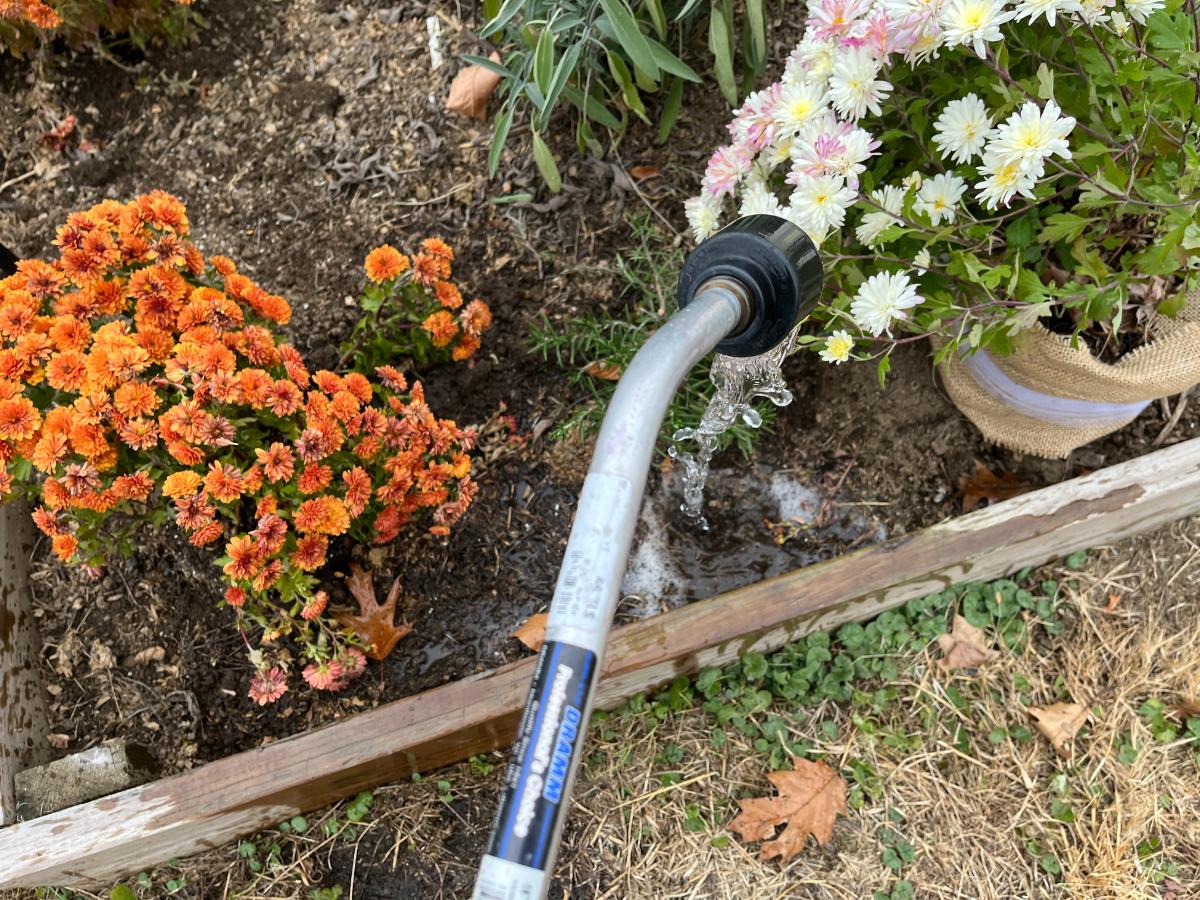
When we think of frost, we think of freezing, and when we think of freezing, we think of water. So we wouldn’t think that water would be a good form of frost protection.
And yet, it is. Moisture and water are one of the best frost protections we have.
Moisture makes it easier for plants and soil to hold heat
First off, plants that are well-watered and hydrated are plumper, hold heat better, and can withstand the effects of frost better.
Even if the plants do evaporate moisture away, it will give off heat as it evaporates and as it freezes in the cold air.
Moisture at the plant and root level also means moisture in the ground. Rich, moist soil holds heat very well. It is when the ground starts off dry or when it becomes freeze dried because it isn’t holding moisture that it is least protective.
Dry ground loses heat very fast, while moist ground holds onto it. Then, as the water evaporates overnight, it releases more heat around the plants.
Water plants the day before frost hits

When frost is expected, water your plants and the soil thoroughly the day before the temperature drops to freezing (or below).
This allows the plants time to drink up and soaks the soil to maximize its heat holding and dissipation.
Cover the plants and soil while they are still moist to hold that moisture in and capture the heat that is given off. (Keep in mind, temperatures may not be what you consider “Warm” or comfortable. But they only need to be high enough to be above the freezing point -- a few degrees warmer than the air.)
Continuous watering protects plants, too
This is the method that large commercial growers employ for big fields that are too big to cover and protect.
Run a sprinkler during the frosty freezing hours.
The water will protect the plant because the droplets will freeze in the air, but they will also release heat when they do. This creates a blanket of warmth (or warm enough) at the plants’ level.
If it is only a light to moderate freeze, the droplets may not freeze in the air and may keep the plant surfaces just above freezing.
The trick with this method, though, is that you must keep the waterers going to mist the plants through the entire night. You cannot stop watering until after the temperature rebounds above freezing. If you do, you’ll just be leaving new water on the plants to freeze and transfer cold.
4. Grow Frost Hardy Plants
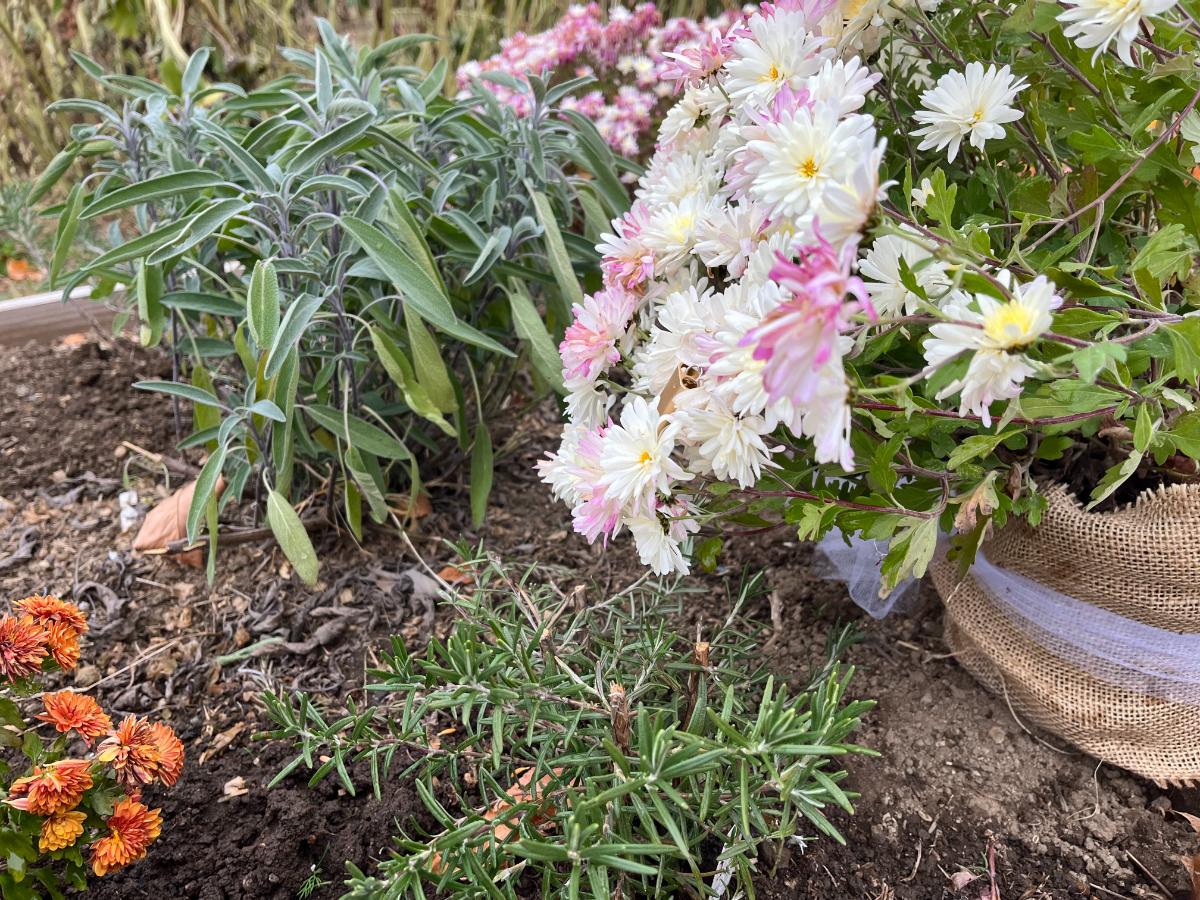
You can only fight the tide so hard. At some point, the effort that you are putting into saving the most sensitive plants isn’t worth the return.
- Plan fall ornamental gardens and fall harvest gardens according to your expected weather, climate, and hardiness
- Let the hardier fall plants take over and replace the warm weather-loving summer plants (in both the ornamental and the vegetable garden)
- Some good cold-tolerant ornamental plants include hardy mums, ornamental kale and cabbage, pansies, violas
- Some good vegetable plants that grow and continue producing in the cold are cabbage, bok choy (down to moderate frost), spinach, cauliflower (moderate frost), kale, kalettes, lettuce, collards, root vegetables, turnip, and similar plants in these families
Instead, focus that time and energy on maintaining plants that can easily withstand a frost. Focus on the plants that will flower or produce for you after the temperatures drop.
Especially In the beginning of the frost season, there are a lot of plants and vegetables that will remain productive sources of fresh food, or that can give you something beautiful to look at without a lot of coddling.
As frosts get more consistent, you’ll certainly get sick of covering up and protecting those tender plants!
Final Thoughts and Helpful Hints to Help Stop Frost Damage:
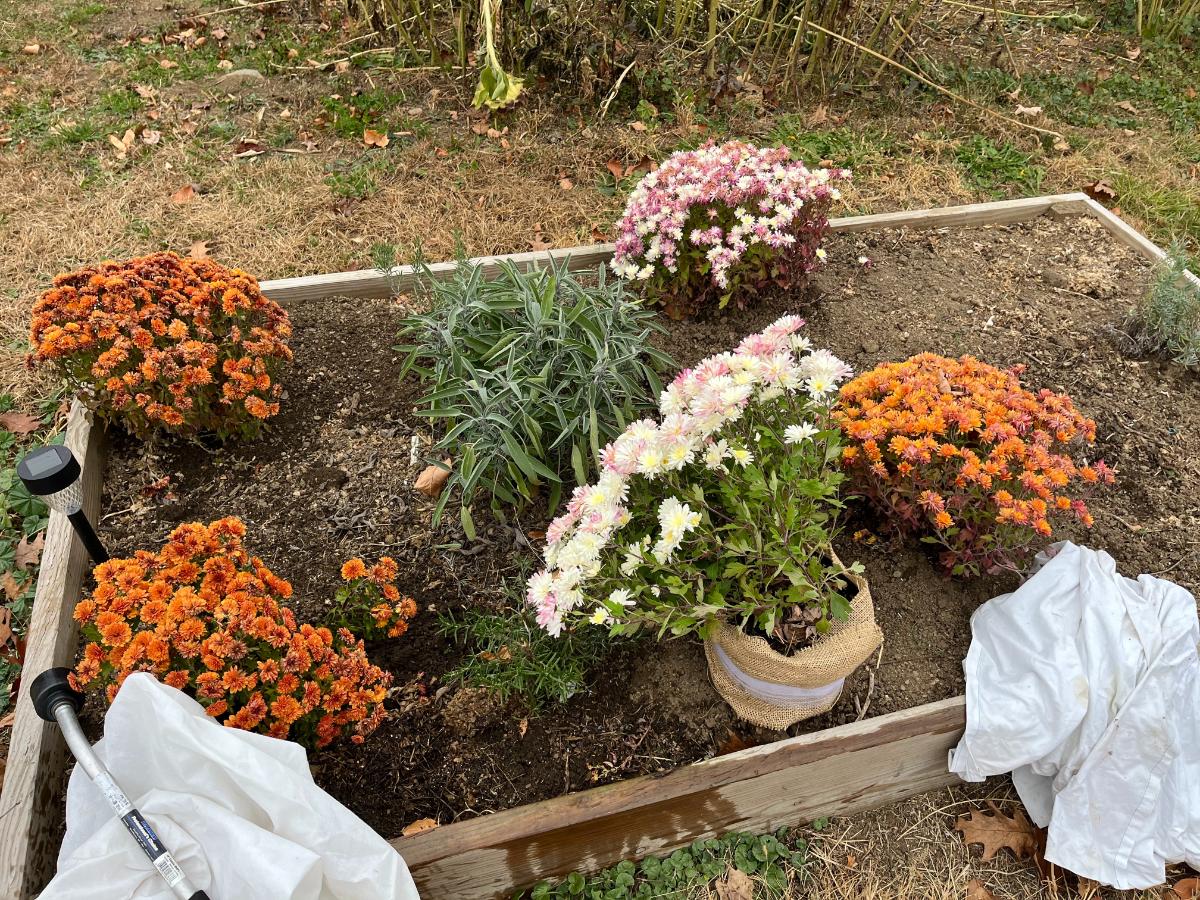
- Prioritize your plants and protect them according to the level of expected frost
- Tender annuals, warm-weather vegetables, and flowers are at the highest risk
- Some plants will survive well enough down to 25 degrees Fahrenheit (some even lower if the period of frost is short enough)
- Things like broccoli, kale, collards, and cabbages don’t need protection unless the cold is very low or prolonged
- Tender plants aren’t worth protecting if the temperatures won’t rebound during the day or if the frost is moderate or hard -- the cover won’t be enough protection, so save yourself the effort
- Keep an eye on forecasts and predictions starting about two weeks before your first expected frost date (even if those dates have been coming later in recent years; you never know!)
- Use a good weather app that will give you frost predictions and warnings
- Even though 32 F is freezing and frost temp, a prediction is only an educated guess, so protect valued plants whenever the temperature is predicted to be within four to six degrees of freezing (3 degrees Celsius)
- Know your own microclimate and adjust accordingly to the more widespread local forecasts and temperature predictions -- you may get frost even when your neighbor doesn’t!

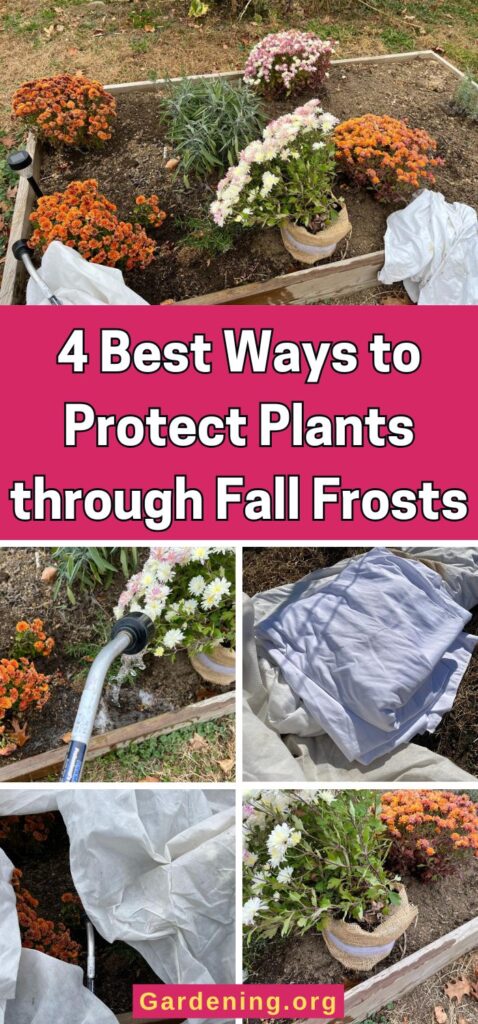

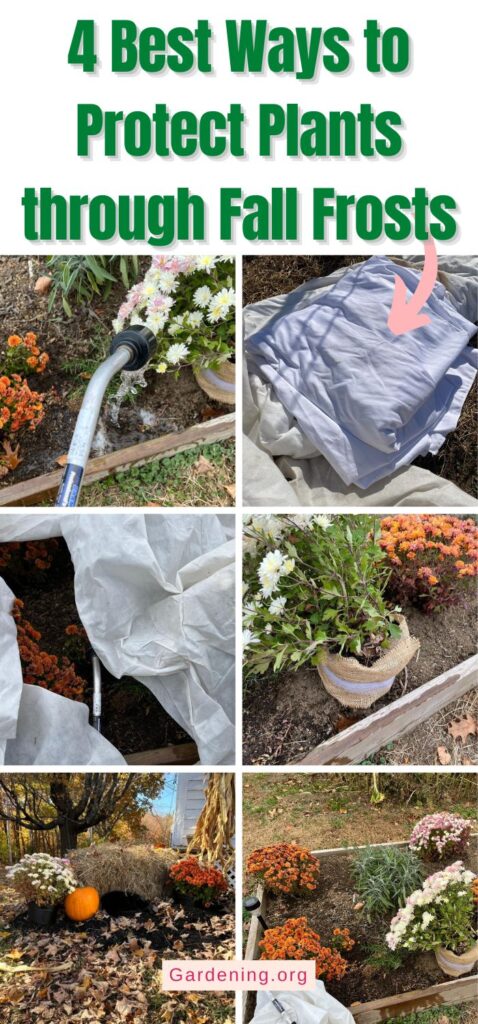
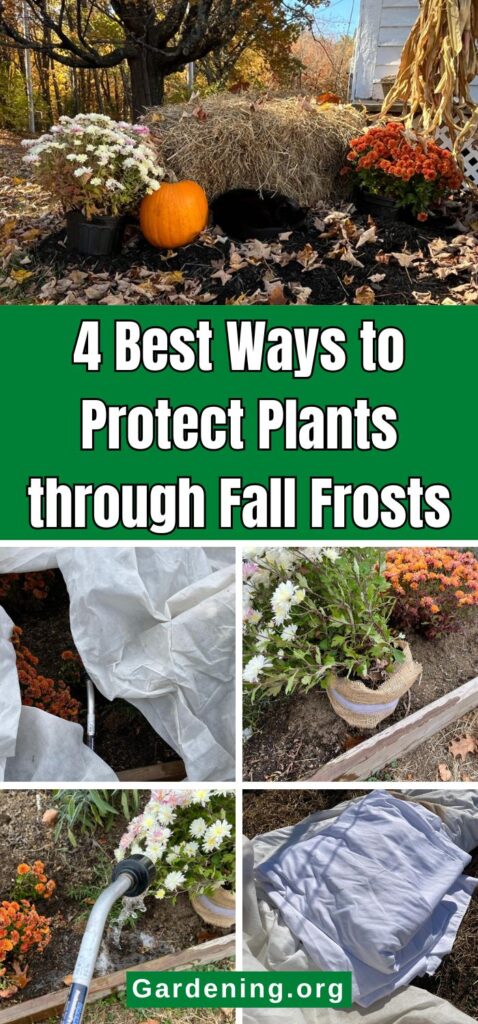




Leave a Reply